French President Emmanuel Macron stating that Europeans may consider sending troops to Ukraine is a psychological shock for Europeans. It brings war one step closer to kitchen tables. But is it feasible from a battlefield perspective?
Mostly because of Moscow’s extreme “denazification” goals, there are only two ways out of this conflict right now: Russia’s victory or Ukraine’s victory. And given the demographics and Ukrainian infantry losses, it is all too obvious that Ukraine can only last two or three more years at this deadly pace. Russia, on the other hand, can prolong the ordeal it initiated until the end of the decade.
In practice, this means that Ukraine’s second military mobilization wave will be its last. Could European troops be that third wave that would allow Ukraine’s war effort to regenerate as of 2025 or 2026? Is the future a combination of European and Ukrainian troops fighting side by side?
Let us be frank: once in Ukraine, it is highly unlikely that European troops will stay for very long safely in the rear. The Russian army will find a way to engage them with deep ballistic strikes. Additional air defenses will protect these fresh European units; they could also protect certain industrial sites ramping up arms production. But Russia will find ways to overcome these defensive measures by concentrating its fires. European troops will be in immediate danger: you can expect wounded and killed in action as of the first month of engagement.
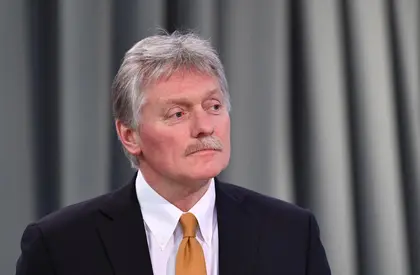
Kremlin Blasts 'Dangerous' Macron Comments on Troops to Ukraine
Europeans have not faced such battlefield intensity since World War II. The air dominance and heavily walled bases of Afghanistan, Iraq or the Balkans cannot be used as a benchmark. European armies would need to test never tried before concepts such as decentralized operations with little connectivity from front to rear, or the integration of civilian digital tools within military maneuvers. Even European Special Forces would operate in an unprecedented context.
At a more strategic level, supporters of Ukraine would have three options: NATO, EU or national contingents.
Option 1: NATO. NATO decision making is driven by consensus, which sits at the heart of its center of gravity, which is Alliance cohesion. There is currently no consensus for this in NATO, with the White House declaring it would not send troops to Ukraine. Germany, Britain, Italy, Spain, Poland and the Czech Republic also all swiftly distanced themselves from the idea.
However, if consensus was to be established then NATO has the command and control (C2) at strategic level (HQ NATO and SHAPE), supported by LANDCOM, AIRCOM, MARCOM and NSHQ; at the operational level; JFC Brunssum, Naples and Norfolk and at the tactical level a number of High Readiness Force Land HQs (HRFL). The elements of these in the VJTF and NATO Response Force (NRF) are at high readiness.
Option 2: the European Union. The EU lacks the command-and-control framework that NATO has and is not set up and organized for war fighting, which is what this would become very quickly. It also lacks the confidence that comes from experience, as it never sent such a volume of soldiers into such a war. The EU would be very quickly asking NATO for C2 and logistic support.
However, this option could be a good catalyst for the establishment of an EU force structure, along the vision of France. In the context of a future President Donald Trump and dwindling US support for NATO, this might be a serious option. It might also be a very good strategic communications initiative to start to mobilize and force-generate the resources required, which in turn would send a strong message to Russia.
Option 3: a group of willing nations. This is what is happening right now, Nations are providing logistical and C2 support on a bilateral basis, particularly in supporting the delivery of intelligence, high-tech weapons and ammunition. Maybe these activities could be better grouped and messaged to send a stronger and more cohesive supporting message to Ukraine and Russia. NATO would be the most effective organization to do this and could do so without deploying C2 into Ukraine. A strategy of “leading from behind.”
However, it leaves a few questions open. First: what would be the relationship of the forces deployed with Ukraine’s own military chain of command? Would they be subordinate to the Ukrainian armed forces, or would they operate under the national command of the sending state? The question is not a simple one.
Second, and perhaps more importantly, what would be the purpose of this foreign force supporting Ukrainians, bearing in mind that Russia and China will block any UN resolution: Ukraine becoming whole again? Making sure that Russian forces cannot advance up to the Dnipro? Ensuring that Odesa remains Ukrainian for longer-term economic viability?
Third: how would we pull out if we have to and on what terms? If Russia were to advance past the Dnipro or move troops again from Belarus, Europe’s foreign contingent would have to reconsider its layout and its overall purpose in coordination with Kyiv. A mixture of guerilla activities and diplomacy may ensue.
Winning in Ukraine needs such conceptual bluntness and adaptability. It also needs to be comprehensive from the start: land maneuvers, maritime, air, cyber, including increased strikes into Russian flanks, tech, robots, drones, AI, loitering munitions, cyber information operations targeting the mothers at home and those stuck in the trenches.
All these questions do not need to be tackled in the media or in any other public debate, though Macron’s “thinking of the extremes” was highly useful. This is something our political and military leaders can think about behind closed doors in the next few months. So should those gloomy men in their bunkers within the walls of the Kremlin.
"This analysis first appeared on the Martens Centre blog" website: https://www.martenscentre.eu/
You can also highlight the text and press Ctrl + Enter


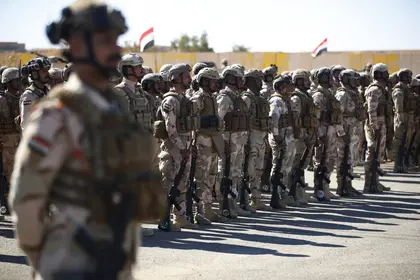
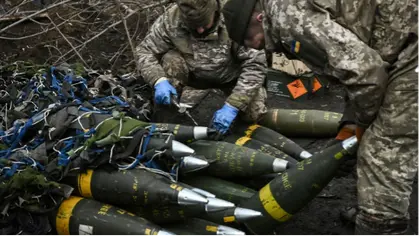
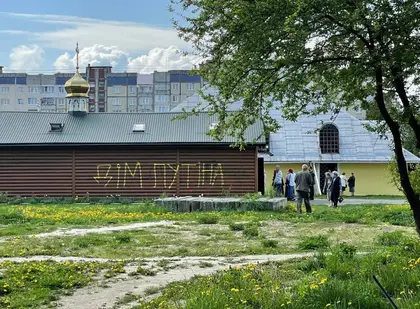
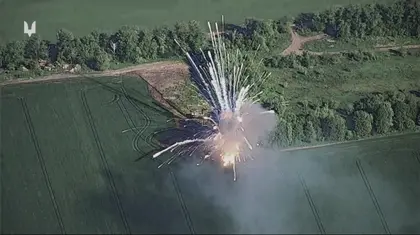
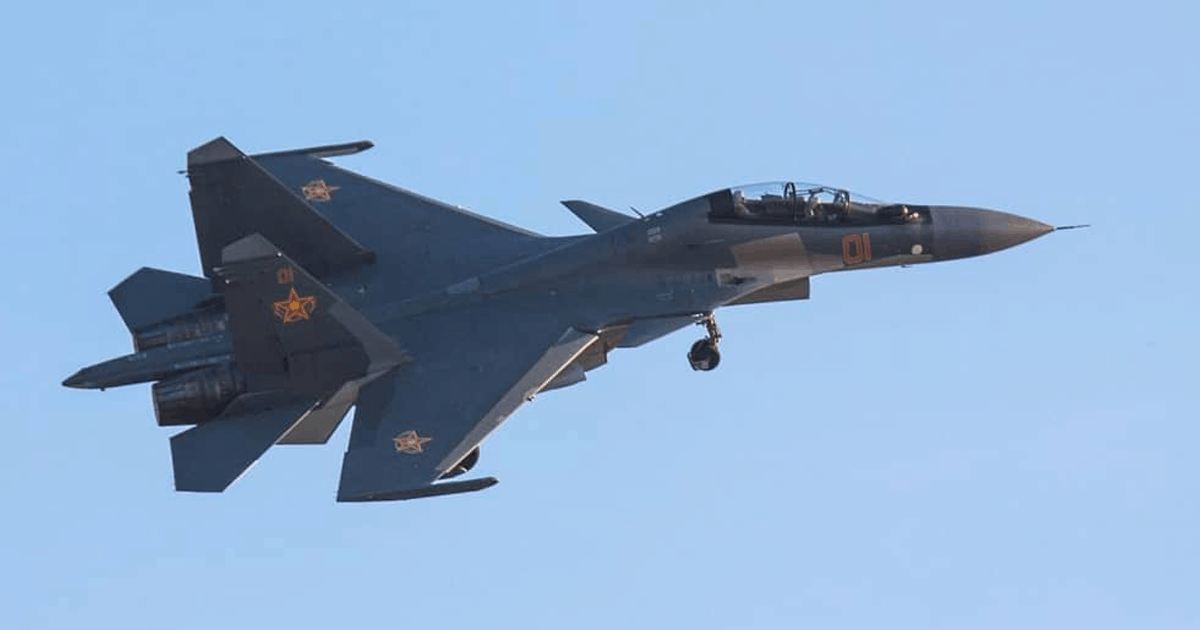
Comments (5)
The idea that Europeans fights in Ukraine is a wishful thinking. Nobody in these countries take serious these arguments....look at the polls even in Ukraine
Democratic Europe must send troops into Ukraine. If Europe does not Ukraine will be outmanned and out gunned. It really is that simple .Ukraine has carried Europe on its shoulders long enough.
I favor option 3, a group of willing nations. I also believe that no nation with an extensive land border directly with Russia or Belarus should participate, with the possible exception of Poland. Their job is to defend their borders. Also it should not start with troops on the ground, but with air support. As a start, with permission from Ukraine, whenever a neighbor's air force takes to the sky, triggered by Russian missile attacks, it should do a broad sweep into Ukraine airspace, just to let Russia know that they are flying above sovereign Ukraine territory. Later on, they could land at Hostomel, for refueling and courtesy trips to Kyiv. Get the Russians used to the fact that European war planes can and do fly in Ukraine airspace. Take it from there with the troops.
Absolutely YES. All democracies should share the load in fighting off autocratic invaders. It is morally right, impactful and cost effective.
How could even our weakest allied leaders not at least commit some troops to help away from Ukraine's front lines; by protecting non active borders (Belarus), restoring critical damaged infrastructure, providing police services, or offering life altering medical aid. This would free up Ukraine forces for active battle.
Of course strategically allies should be doing much more. The risks to all are great should the russian tyrant be successful. Even if only to man / maintain / repair more complex weaponry / defence systems away from the front lines. Or shoot down russian missiles, military planes, navy vessels that cross adjacent allied air territory (Turkey, Poland, Moldova, Romania so far). Some seasoned allied F16 pilots / ground crew in an air defence roles similar to that done for Israel would also be a prudent contribution.
Even only sending soldiers already keen to volunteer would make a huge difference. Currently allied militaries actually penalize those that would wish to volunteer....how immoral is that? At least grant some leave of absences for soldiers of higher moral conviction.
Western troops would need supplying so wouldn't it be better to use those supplies to go directly to Ukraine leaving NATO troops to secure NATO borders . Don't let Putin have an excuse to involve NATO. I am sure Ukrainian troops with upcoming air and ammo support can halt the Russians advance and time must be given to allow the Ukrainians to counterattack . I know Ukrainian troops have had to retreat but looks at the russian losses .Yes they have replaced the cannon fodder but how long can you keep that up . What about trained tank artillery missile aircraft crews you can't just make them appear overnight as what appears to be happening with foot soldiers